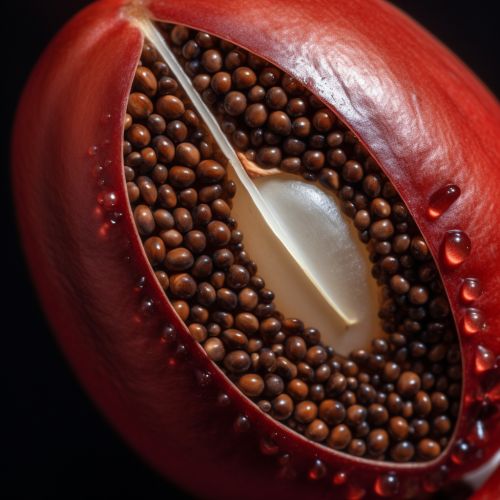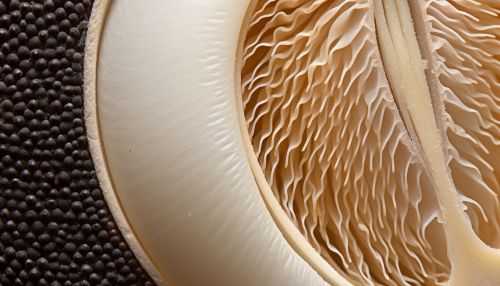The Biological Mechanisms of Plant Germination
Introduction
Plant germination is a complex biological process that involves the activation of a dormant seed, leading to the emergence of a new plant. This process is initiated by the absorption of water by the seed, which triggers a series of biochemical reactions and physiological changes. These changes culminate in the emergence of the radicle (the embryonic root) and the plumule (the embryonic shoot), which grow into the mature plant. The process of germination is regulated by a variety of factors, including environmental conditions, seed dormancy, and hormonal signals.
Seed Structure and Dormancy
The seed is a key player in the germination process. It is essentially a miniature plant (the embryo) enclosed within a protective covering (the seed coat). The embryo consists of the radicle, the plumule, and one or two seed leaves known as cotyledons. The seed also contains a food reserve (endosperm or cotyledons) that provides nutrients to the embryo during germination. The seed coat protects the embryo from physical damage and prevents water loss.


Seed dormancy is a state of suspended growth and metabolism, which ensures that the seed does not germinate under unfavorable conditions. Dormancy is induced by a variety of factors, including the presence of certain plant hormones (such as abscisic acid), the hardness of the seed coat, and environmental conditions. Breaking dormancy often requires specific triggers, such as exposure to certain temperatures or light conditions, or physical or chemical scarification of the seed coat.
Water Uptake (Imbibition)
The first step in the germination process is the uptake of water by the seed, a process known as imbibition. Water enters the seed through the micropyle, a small opening in the seed coat, and hydrates the cells of the embryo. This triggers the activation of enzymes and the resumption of metabolic processes, including respiration. The absorption of water also causes the seed to swell and the seed coat to rupture, allowing the radicle to emerge.


Activation of Metabolism
The hydration of the seed leads to the activation of various metabolic processes. Enzymes that were dormant in the dry seed become active and begin to break down the food reserves into simpler molecules that can be used by the embryo for growth. For example, amylases break down starch into glucose, proteases break down proteins into amino acids, and lipases break down fats into fatty acids and glycerol. These molecules are transported to the growing points of the embryo (the radicle and the plumule) to support their growth.
Radicle and Plumule Emergence
The emergence of the radicle is the first visible sign of germination. The radicle grows downwards into the soil, anchoring the seed and absorbing water and nutrients. The plumule, which contains the embryonic shoot, emerges next and grows upwards towards the light. The cotyledons may remain below the soil (hypogeal germination) or rise above the soil and turn green (epigeal germination).


Regulation of Germination
The germination process is regulated by a variety of factors, including environmental conditions (such as temperature, light, and water availability), seed dormancy, and hormonal signals. For example, certain seeds require exposure to light to germinate, while others germinate best in the dark. Temperature also plays a crucial role, with most seeds requiring a certain temperature range for optimal germination. Water availability is another key factor, as the seed must absorb a certain amount of water to initiate the germination process.
Hormonal signals also play a crucial role in the regulation of germination. Two plant hormones, abscisic acid (ABA) and gibberellin (GA), play key roles in this process. ABA promotes seed dormancy and inhibits germination, while GA promotes germination. The balance between these two hormones determines whether a seed will remain dormant or proceed with germination.
Conclusion
Plant germination is a complex process that involves the activation of a dormant seed and the emergence of a new plant. This process is regulated by a variety of factors, including environmental conditions, seed dormancy, and hormonal signals. Understanding the mechanisms of plant germination can help us develop strategies to improve crop yield and plant biodiversity.
